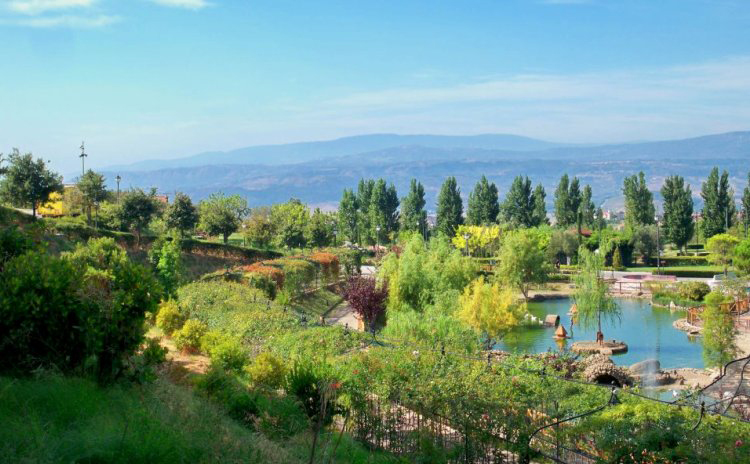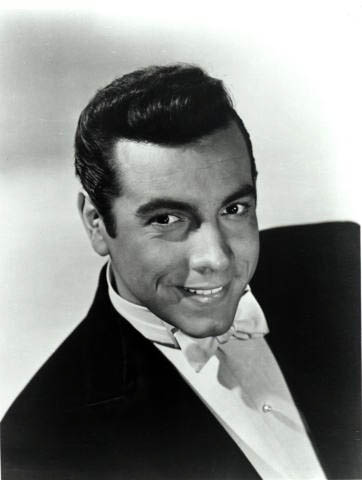Far from the bustling cities of the north lies one of the most picturesque regions of Italy – Calabria. Nestled at the base of the peninsula, the toe of the boot, Calabria is located at the extreme southern tip of Italy, separated from Sicily by the Strait of Messina. Within the region is the province of Catanzaro, which has coastlines on both the Ionian and Tyrrhenian Seas. The climate along the coast is mild in the winter and hot in the summer, but the cooling breezes of the sea make its sandy beaches an inviting summer vacation destination. Heading inland, hills give way to mountains as the spine of the Apennines head southward. The width is only 19 miles at the Isthmus of Catanzaro and it was not too many generations ago that the only way north from this town was by way of a single narrow donkey trail.
The beauty of the region is difficult to overstate. Few places on Earth can boast waters that are clearer and more beautiful than those along the Tyrrhenian coast. Inland from the sea, ancient towns are set into the hills and perched on the mountains. Each portrays a people who have literally carved out their existence from the rocks and land. Historically, this is a land that has drawn invading armies regularly for thousands of years. First colonized in the 8th century B.C., some of the important agricultural products of the region were introduced in that era – figs, grapes and of greatest importance, olive trees.
The eastern part of the province forms part of the high plateau of La Sila, almost 4,000 feet above sea level, covering about 800 square miles. The highest point is Botte Donato, which reaches 6,325 feet in height. The Greeks called the inhabitants of this area “Italoi,” referring to King Italo, who according to legend, descended from the Trojans. Under the Roman Emperor Augustus, the entirety of Calabria was called Italia, a name eventually given to the rest of the peninsula.
When the Romans ruled the area, they sought the wood from the La Sila and harvested enormous amounts of timber. As the Roman Empire declined, the Byzantines of the Eastern Roman Empire took over the rule of southern Italy. The region thrived during this period; many of the towns becoming wealthy due to their agricultural production of olive oil, olives and wine. In the 9th century, the Saracens raided Calabria and maintained sway over the region until they were driven out by the Franks in 982. This was a bloody time. The Saracens decimated the coast, slaughtering many and selling others into the slave markets of Sicily and North Africa. Those who escaped headed into the mountains to seek refuge. Many of the mountain towns of the province can trace their origin to this very period.
When the Normans arrived in the 11th century, they established a harsh feudal system. Fortifications built during this period still dot the peninsula. By the 15th century, the entire area was under Spanish rule and the contrast between northern and southern Italy could not have been more pronounced. While the Renaissance brought about one of history’s most remarkable eras, in the south the area of what is now Calabria endured centuries of famine, disease and back-breaking taxes under the yoke of Spanish domination, yet it was Catanzaro that thrived. In 1460, King Alfonso V of Aragon took control of the city and granted new privileges which promoted the development of its silk industry. From that moment, Catanzaro firmly established itself as an import center for its textile productions.
The province has now become an important Italian destination, especially for those who are tracing their family’s roots. During the summer months, the Ionian coast, from Catanzaro to Soverato, is hugely popular. Soverato is known as the Pearl of the Ionian and is a major tourist city of Calabria, famous for its vibrant nightlife.
Catanzaro is sometimes called the city of the three V’s, referring to the three distinct features of the city, namely Saint Vitalian, the patron saint; velvet, because the city’s important silk production and wind, vento in Italian, because of the strong breezes from the Ionian Sea and La Sila. “VVV” was the symbol by which Catanzaro’s silk industry was known and renowned both domestically and internationally for the exceptional quality of silks, velvets, damasks and brocades.
For those who are looking for something different, Catanzaro offers a wide variety of attractions and sites. If you are interested in historical structures, Catanzaro has many, such as the Ponte Bisantis. This monumental bridge is a feat of modern engineering and also one of the icons of Catanzaro. Built in 1959, it is 1,535 long and is 370 feet high. There is a pedestrian walkway on either side of the bridge and it is well worth the walk to see the fantastic scenery.
Parco Della Biodiversita Mediterranea is located in the center of Catanzaro and is the most popular botanical garden in Calabria, containing over 20,000 species of plants and trees. Alternatively, for those who enjoy sunbathing and the beach, the city lies in close proximity to world-class lidos. In the southern part of Catanzaro, the city slopes down the mountains and ends in Catanzaro Lido. This beautiful coastal resort is a fantastic place to relax, enjoy the sun and the stunning landscape of the Ionian Sea. Aside from the long stretch of beach, the lungomare Stefano Pugliese promenade is lined with hotels, bars cafés and trattorias.
Further down the coast is the quieter beach of Pietragrande. Its golden sand continues as far as the coastal town of Soverato Marina. If you want a quieter beach experience this is the place to go since both Pietragrande and neighboring Spiaggia Caminia are wonderful beaches that are not on the tourist radar and as a result are less crowded. There are not as many stores and restaurants, but there is still a selection of beach bars and cafés. Furthermore, the raised promenade stretching along Via Marina is a great place to walk while taking in the sea air.
Further along is the municipality of Borgia, famous for the archaeological site in Scolacium, which showcases the remains of various ruins from ancient eras, including Roman roads, aqueducts, spas, mausoleums and an impressive amphitheater. Squillace gives its name to the Gulf and its historic center counts several monumental churches and a Norman castle known as Dei Borgia.
Cortale, situated in the narrowest point of the province, is extremely important for its musical and artistic traditions and is one of the oldest historic centers of the region. Belcastro is situated on the southeastern slopes of the Sila Piccola, centered between the sea and the mountains. It is a medieval feudal manor situated on a woody spur at the base of the Conti d’Aquino castle. The quaint alleys are so narrow that cars cannot pass through and the numerous churches date back to the various historical periods of the town’s existence. For visitors to Catanzaro, it seems regardless of one’s taste, this beautiful province has something to offer everyone.





